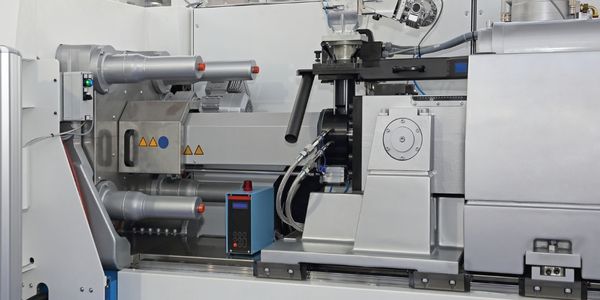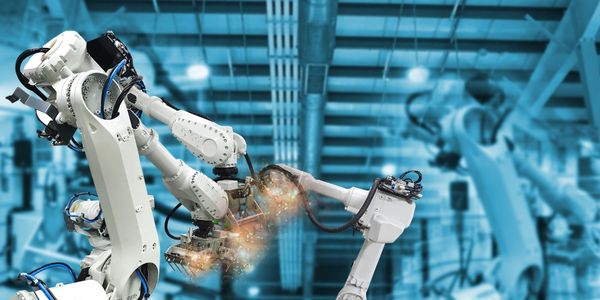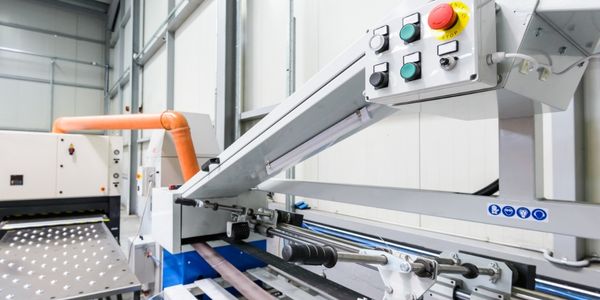公司规模
SME
地区
- America
- Asia
国家
- China
- United States
产品
- Acumatica 4.0
- Acumatica’s Distribution and Financial Management suites
技术栈
- Acumatica’s improved API
- Box
实施规模
- Enterprise-wide Deployment
影响指标
- Productivity Improvements
- Cost Savings
技术
- 功能应用 - 企业资源规划系统 (ERP)
适用功能
- 离散制造
- 物流运输
用例
- 自动化制造系统
- 库存管理
服务
- 软件设计与工程服务
关于客户
AME Corporation 是一家通过 ISO 9001: 2008 认证的供应商,专门提供定制橡胶和塑料部件以及密封解决方案。该公司在美国新泽西州和中国上海设有业务。该公司在全球开展业务,员工人数为 20 人,分布在这些地区。AME Corporation 是一家中型公司,从事制造、分销和服务业。该公司正在寻找一种用户友好的 ERP 解决方案,使其能够在安全的环境中将所有业务信息和流程在线化。
挑战
AME Corporation 是一家中型公司,专门从事定制橡胶和塑料部件以及密封解决方案。该公司在美国新泽西州和中国上海开展业务。与许多具有全球影响力的公司一样,该公司希望将所有业务流程迁移到云端,以便其全球 20 名员工中的任何一位都可以轻松访问信息并进行协作。AME 已于 2011 年实施了 Acumatica 的分销和财务管理套件 2.2 版。但是,该公司将大量业务文档存储在在线内容共享平台 Box 上。AME 员工必须分别访问 Box 和 Acumatica,效率不高。
解决方案
AME Corporation 在 Acumatica 4.0 中找到了理想的 ERP 解决方案。该公司于 2011 年实施了 Acumatica 的分销和财务管理套件 2.2 版。借助 Acumatica,AME 能够发展业务,并向其系统添加常规、不频繁和外部用户,从而在不影响现金流的情况下实现生产力提升。该公司还利用了 Acumatica 4.0 分销管理套件中内置的全新库存补货建议功能。此智能预测工具可根据历史销售数据分析自动提出库存建议。借助此新功能,AME 可以避免库存过剩和库存不足,改善现金流并自动化补货和采购流程以提高效率。
运营影响
数量效益

Case Study missing?
Start adding your own!
Register with your work email and create a new case study profile for your business.
相关案例.

Case Study
Plastic Spoons Case study: Injection Moulding
In order to meet customer expectations by supplying a wide variety of packaging units, from 36 to 1000 spoons per package, a new production and packaging line needed to be built. DeSter wanted to achieve higher production capacity, lower cycle time and a high degree of operator friendliness with this new production line.

Case Study
Robot Saves Money and Time for US Custom Molding Company
Injection Technology (Itech) is a custom molder for a variety of clients that require precision plastic parts for such products as electric meter covers, dental appliance cases and spools. With 95 employees operating 23 molding machines in a 30,000 square foot plant, Itech wanted to reduce man hours and increase efficiency.

Case Study
Hospital Inventory Management
The hospital supply chain team is responsible for ensuring that the right medical supplies are readily available to clinicians when and where needed, and to do so in the most efficient manner possible. However, many of the systems and processes in use at the cancer center for supply chain management were not best suited to support these goals. Barcoding technology, a commonly used method for inventory management of medical supplies, is labor intensive, time consuming, does not provide real-time visibility into inventory levels and can be prone to error. Consequently, the lack of accurate and real-time visibility into inventory levels across multiple supply rooms in multiple hospital facilities creates additional inefficiency in the system causing over-ordering, hoarding, and wasted supplies. Other sources of waste and cost were also identified as candidates for improvement. Existing systems and processes did not provide adequate security for high-cost inventory within the hospital, which was another driver of cost. A lack of visibility into expiration dates for supplies resulted in supplies being wasted due to past expiry dates. Storage of supplies was also a key consideration given the location of the cancer center’s facilities in a dense urban setting, where space is always at a premium. In order to address the challenges outlined above, the hospital sought a solution that would provide real-time inventory information with high levels of accuracy, reduce the level of manual effort required and enable data driven decision making to ensure that the right supplies were readily available to clinicians in the right location at the right time.

Case Study
Fully Automated Visual Inspection System
Tofflon has developed a fully automatic machine that uses light to inspect vials, medicine bottles, or infusion containers for glass fragments, aluminum particles, rubber grains, hairs, fibers, or other contaminants. It also detects damaged containers with cracks or inclusions (microscopic imperfections), automatically removing faulty or contaminated products. In order to cover all production processes for freeze-dried pharmaceuticals, Tofflon needed to create an open, consistent, and module-based automation concept.

Case Study
SAP Leonardo Enabling Rocket Science
At times, ULA has as many as 15 different operating systems dedicated to overlapping processes, such as rocket design, testing, and launch. Multiple systems created unnecessary costs and unwanted confusion among workers at offices, factories, and launch sites in different location. In order to improve collaboration and transparency during vital activities that directly influence mission success, ULA wanted to improve data sharing and streamline manufacturing processes.








